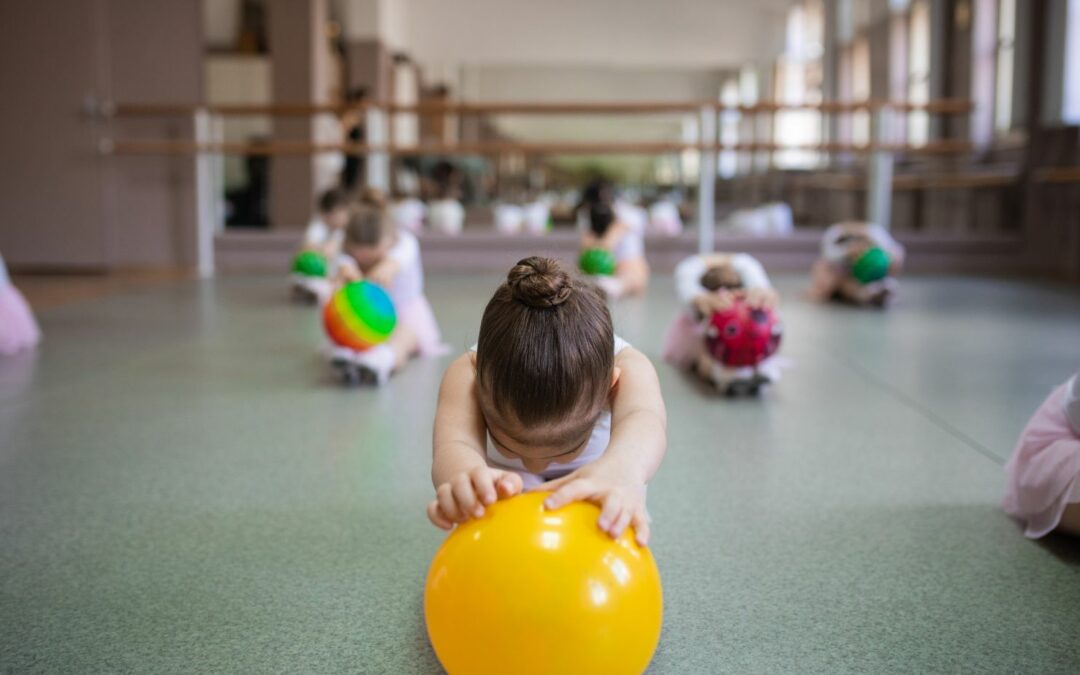As a seasoned ballet instructor, I’ve had the pleasure of introducing countless toddlers to the magical world of dance. Ballet classes for toddlers are not only a fun and adorable sight to behold, but they also offer a wide range of benefits for these young learners. In this article, I’ll be diving into the importance of ballet classes for toddlers, the skills they can develop, and how these classes can positively impact their overall development.
When it comes to ballet classes for toddlers, many parents might wonder if it’s too early to introduce their little ones to this graceful art form. However, starting ballet at a young age can have numerous advantages. In this article, I’ll be discussing why early exposure to ballet can be beneficial for toddlers, including how it can improve their coordination, balance, and body awareness.
Ballet Classes For Toddlers
As a ballet instructor with years of experience, I understand the importance of starting ballet at a young age. Ballet classes for toddlers not only introduce them to the world of dance but also provide numerous benefits for their physical and cognitive development. In this section, I will discuss how to choose the right ballet school for your toddler and the necessary equipment they will need for their ballet class.
Choosing the Right Ballet School
When it comes to enrolling your toddler in ballet classes, it’s crucial to choose the right ballet school. Here are some factors to consider:
- Qualified Instructors: Look for ballet schools that have experienced instructors who specialize in teaching young children. These instructors should have a background in ballet and early childhood education to ensure they can effectively engage and teach toddlers.
- Age-Appropriate Curriculum: Toddlers have different needs and abilities compared to older children. Ensure that the ballet school you choose offers a curriculum specifically designed for toddlers, focusing on developing their coordination, balance, and motor skills through fun and interactive activities.
- Nurturing Environment: A positive and nurturing environment is essential for toddlers to feel comfortable and enjoy their ballet classes. Visit the ballet school beforehand to observe the class atmosphere and how the instructors interact with the children. Look for schools that prioritize building confidence, creativity, and a love for dance.
- Class Size: Smaller class sizes are ideal for toddlers as they allow for more individual attention and a better learning experience. Check if the ballet school maintains small class sizes to ensure that your toddler receives personalized instruction and guidance.

Ballet Class Structure for Toddlers
Warm-up Exercises for Toddlers
In ballet classes for toddlers, warm-up exercises are essential to prepare their bodies for movement and prevent injuries. I always begin the class with a series of fun and engaging warm-up activities that help the toddlers loosen up and get ready for ballet. Here are a few warm-up exercises that are perfect for toddlers:
- Stretching: We start with gentle stretching exercises that target different muscle groups. This helps improve flexibility and range of motion.
- Imaginary Play: Incorporating imaginative play into warm-ups allows toddlers to explore different movements and engage their creativity. For example, we might pretend to be animals, flowers, or even superheroes while stretching and moving.
- Music and Movement: Playing lively music during warm-ups encourages toddlers to move and dance freely. We might have them march, skip, or hop to the beat of the music, helping them develop rhythm and coordination.
Fun Activities to Engage Toddlers in Ballet
To keep the toddlers engaged and excited about ballet, I incorporate various fun activities into the class. These activities not only make learning enjoyable but also help develop their coordination, rhythm, and love for dance. Here are a few examples of fun activities that we include in ballet classes for toddlers:
- Free Dance: During free dance sessions, toddlers are encouraged to express themselves through movement, allowing their creativity to shine. They can explore different movements and rhythms, fostering their love for dance.
- Props and Imagery: Using props such as scarves, ribbons, or stuffed animals adds an element of imagination to the class. Toddlers can pretend to be butterflies fluttering their wings or waves crashing on the beach, enhancing their connection to the music and movements.
- Storytelling Ballet: Incorporating storytelling into ballet helps toddlers engage with the music and movements on a deeper level. We might act out a story or fairy tale through dance, encouraging the toddlers’ imagination and enhancing their understanding of ballet concepts.
By structuring ballet classes for toddlers with warm-up exercises, basic ballet techniques, and fun activities, we create a nurturing environment where they can develop their coordination, balance, and love for dance. These classes not only lay the foundation for future ballet training but also promote physical and cognitive development in a fun and creative way.
Jessica has a flair for writing engaging blogs and articles. She enjoys reading and learning new things which enables her to write different topics and fields with ease. She also strives to break down complex concepts and make them easy for anybody to comprehend.





